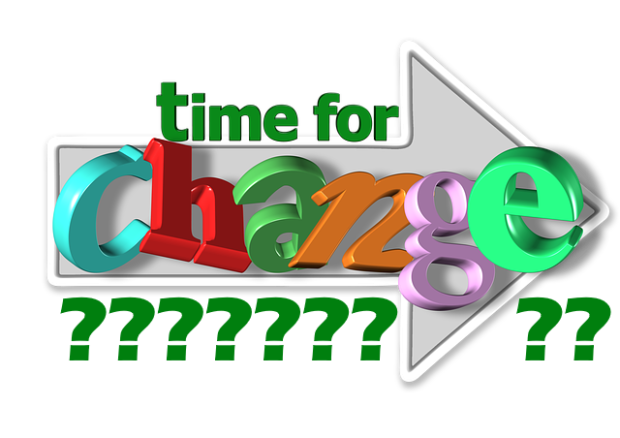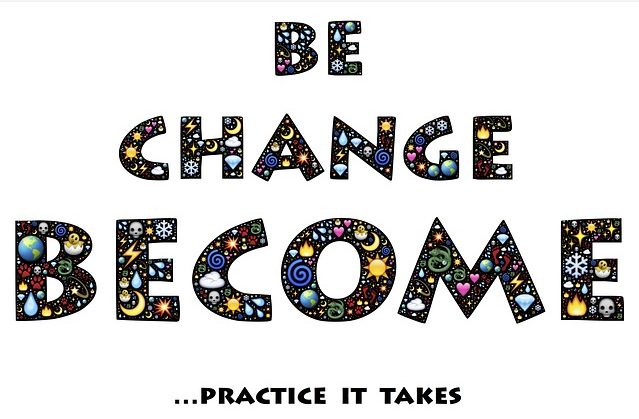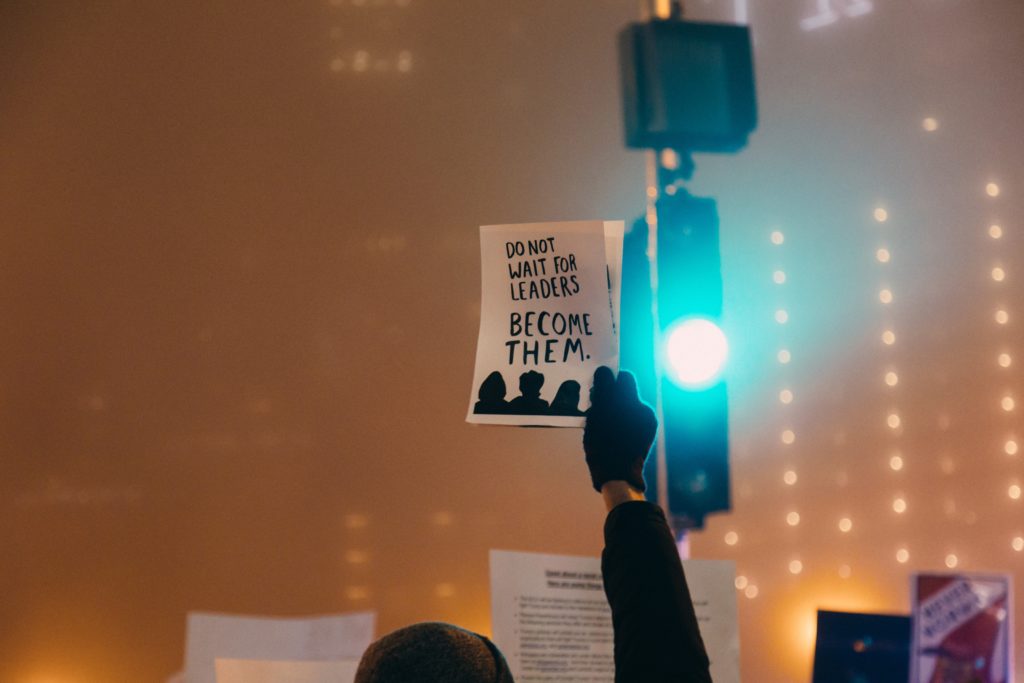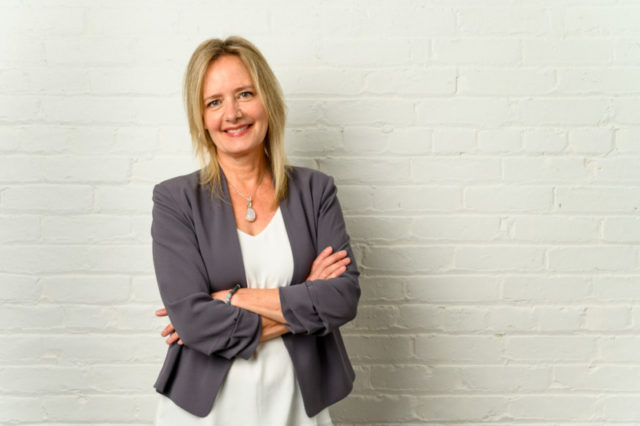Be the Spark: Creating Systemic Change in a World Not Built for Women Leaders

For women in leadership roles, we often feel we are walking a tightrope between demands of work and home, or the line we walk between being assertive enough to be heard and seen, but not so much that we become “unlikeable”. Add in the reality that many of us will have primary care-giver roles at some point while we’re already giving so much to our careers, and we can feel stretched pretty thin some days.
There’s one really important thing we need to understand. If work doesn’t quite fit with life, if you’ve ever been told you’re too much or not enough, doubted yourself, or wondered, “Is it just me?”, the truth is, if you are a woman or woman-identifying person, the world you’re living and working in today was not built by or for you.
Let me say that again. You’re living in a world that wasn’t built by or for you.
The workplace was built by and for men. From the get-go women have always worked, that’s not the issue. The issue was that women’s work didn’t count. The domestic, caregiving, food service and other traditional work that women have done, and continue to do, remains largely unpaid and excluded from even our current economic models. The workplace was built for men, specifically men who had someone at home, a wife, mother, sister, or housekeeper, who would take care of everything except the day job.

Times change and now women make up 48% of the workforce (1) so the workplace is no longer the domain of men. However, most of the systems and structures of the workplace haven’t changed at pace. Work still runs much the same way even though we know that the lives of women, and of many men these days, look very different. There is no longer a stay-at-home person to maintain the household and raise a family. In most households both adults work full-time, which means that other full-time job – running a household – is done in second and third shifts, and most of it is still done by women. Women in Canada do 50% more housework (2) than their male partners; globally women do 2.5 times more (3).
Given that the world of work was not built for women in general nor for women in leadership, how do we not only navigate through it, but at the same time change the very systems that work against us in so many ways? Because if we don’t change the systems, women will continue to face those same challenges, over and over.
Well, equality begins at home. If we are so exhausted by getting home from work and doing a second or third shift of domestic and care giving work, it’s going to be tough to find the energy for systems change work. There are two things we can do to move the needle on equality in our households. The first is to make the invisible, visible. The work of women is often called invisible labour. We are the only ones who know how much we’re doing. Dinners get figured out, social events get planned, toilet paper magically appears. But somebody is doing all that. And if you’re a woman, regardless of your role in your career, statistics would say that somebody is you. It’s exhausting for us, and it gives everyone else the false impression that it’s no big deal.
Make all that work visible. Create a list and share it with your household. If the very thought of making the list is too exhausting, then you’re in luck! Eve Rodsky already did it for you. You can find it in her book Fair Play or her card deck of the same name (4). Then start sharing the load more equitably. Divide it up differently, more fairly, kids included. Basically, get your house in order so you have the support and the energy to go change the world. Will it be painful or involve some whining and pushback? Possibly. Change is hard. It doesn’t mean we shouldn’t do it.
While you’re creating a more equitable household for you and the next generation (good job!) you’re still working in this workplace that wasn’t built for you. How to manage that? I wish I could tell you that it would change all on its own, but it won’t. I’ve been at this awhile and I can tell you the old ways won’t go quietly.
The more we educate ourselves on the history of work, of women in the workforce and most importantly the benefits of women in the workforce, particularly in leadership roles (5), the more we can speak to the inequalities and inequities we see. The biggest enemy of progress is the maintaining of the status quo. People will tell you that things are working just fine as they are, and you need to be armed with education and information to show them clearly that they are not.

When someone tells me we don’t have a women in leadership problem, I can ask why they think that in 2023 we just finally hit the 10% mark for women CEO’s of Fortune 500 companies. When someone tells me we have equality in the workplace, I can ask why women are still only paid $0.82 for every dollar a man makes in the U.S. The reality is yes, we’ve made a ton of progress, AND there is still a long way to go.
Once you are armed with information, choose your battles. The more we see inequity, the more we see it everywhere. It can be overwhelming, but we each can do something. It doesn’t have to be “big”. Pick a little corner of your world that you want to make better, more equal, more just, and get to work. You may need to challenge people; you will likely be breaking new ground. It’s not easy, but it can be incredibly rewarding. The truth is it will always be those who feel the inequities most acutely who are most motivated to do the work of changing them. Find that motivation for yourself and consider it your contribution to all the women coming with and after you.
And finally, do not go it alone. Find your allies, both women and men. You will need people who get you, support you, debrief with you, laugh, cry, to open the wine, whatever. One of the most important things we create in women’s leadership spaces is community. Leadership can be hard and lonely at times. But when you’re also trying to change the system that so many people have trusted, or benefited from well, that’s true leadership in my view. It becomes something of a personal mission, a sense of purpose. Sure, it’s be easier in the short term to just go along to get along, but I don’t know many women who work so hard to achieve a leadership role who don’t want to have real impact. If we want the world to change it has to be you and me, imperfectly, one step at a time.
This guest post was authored by Belinda Clemmensen

Belinda founded the Women’s Leadership Intensive with the mission to inspire, empower, support, and equip women to lead the change the world needs. Today she serves as CEO of the organization, a Certified B Corp. Her passion is for the potential for positive change when women lead at scale. Belinda has received the gold Canada Award for Excellence in training. She is a certified professional coach, training provider, and member of the International Coaching Federation. Learn more online at www.womensleadershipintensive.ca/.
Citations:
- The World Bank, Labor Force Participation Rate, Female (% female population ages 15+). 2022.
- Statscan, 2019
- UN Women, Redistribute Unpaid Work, https://www.unwomen.org/en/news/in-focus/csw61/redistribute-unpaid-work#:~:text=From%20cooking%20and%20cleaning%2C%20to,and%20care%20work%20than%20men.
- Eve Rodsky, Fair Play: A Game-Changing Solution For When You Have Too Much To Do (And More Life To Live)
- Belinda Clemmensen, Women, Leadership & Saving the World: Why Everything Gets Better When Women Lead, Women’s Leadership Intensive, 2023
*******
Ms. Career Girl strives to provide valuable insights you can use. To see more from our columnists and guest authors, check these out! Or subscribe to our weekly email featuring our latest articles. We’re also present on Medium!

